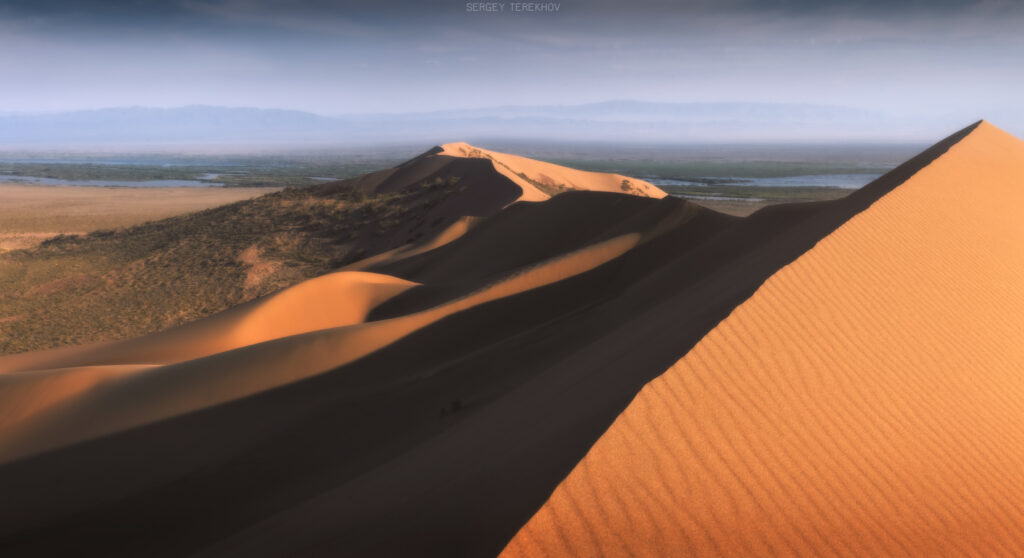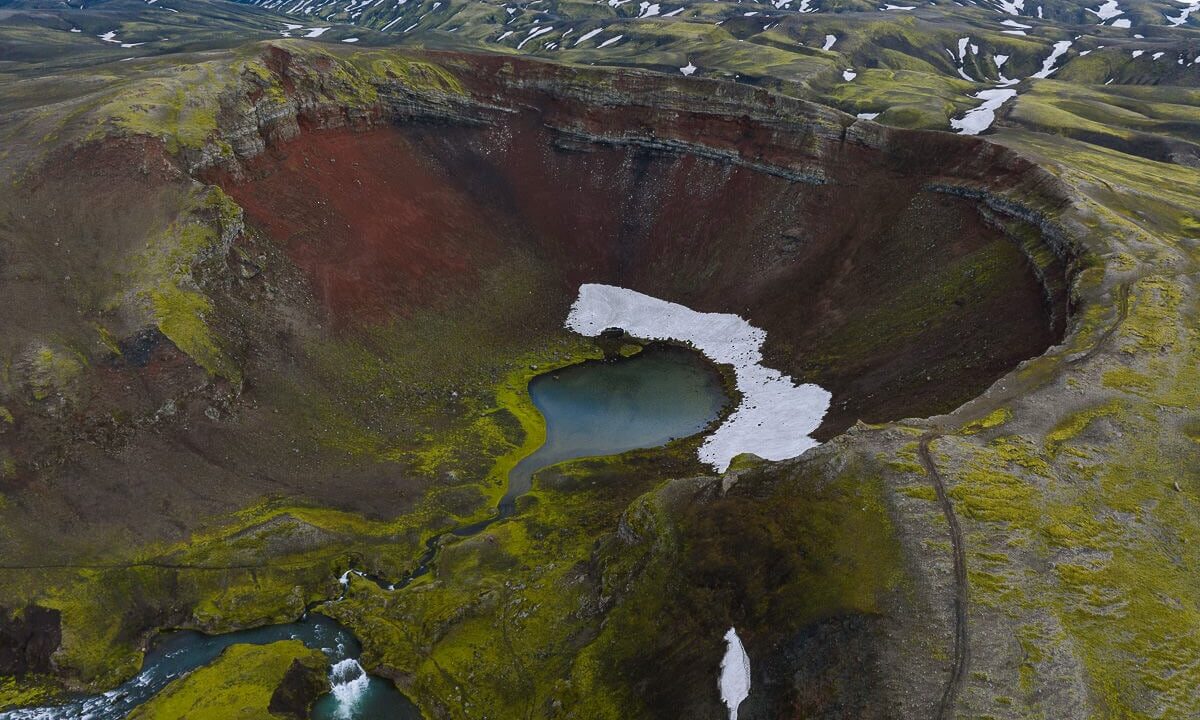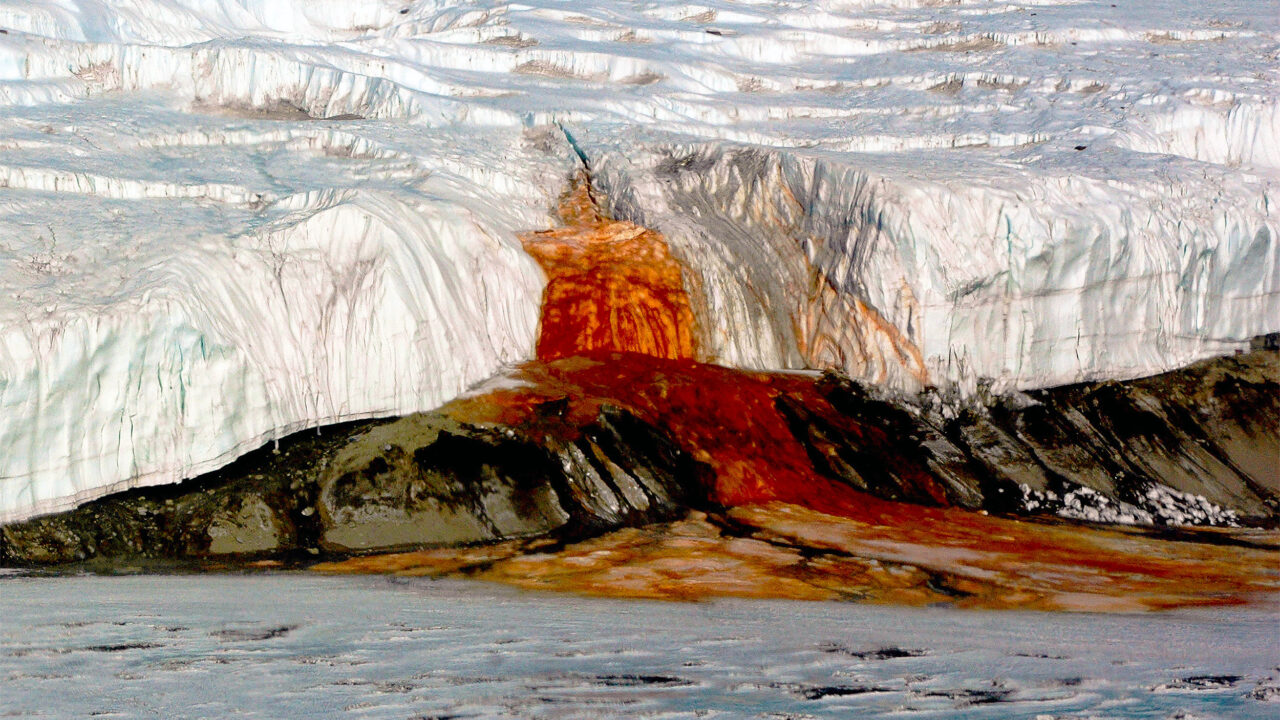The world is full of natural wonders that science still struggles to fully explain. One of those wonders is a mountain that can sing a rare phenomenon you can find in Kazakhstan.
Imagine standing in the middle of a desert. The wind blows gently, and suddenly you hear a low humming sound, like a distant organ, a soft roar, or even a flute-like melody. Not from an instrument but from a giant sand dune that seems silent… yet produces sound.
Welcome to the “Singing Dune”, a remarkable natural feature located in Altyn-Emel National Park, Kazakhstan.
Location: Altyn-Emel National Park, Kazakhstan
The Singing Dune is found within Altyn-Emel National Park, about 180 km from the city of Almaty. This protected area is known for its unique desert landscapes, mountain ranges, wildlife, and most famously the sand dune that sings.

Despite the name “mountain,” it’s actually a massive sand dune, rising about 150 meters (492 feet) high and stretching around 3 kilometers (1.8 miles) long. From afar, it looks like a typical sand hill, but as you approach, the magic begins.
How Can a Mountain “Sing”?
This mysterious sound occurs when the sand shifts or slides either due to wind or when someone walks or slides down the slope. The movement of the sand grains creates acoustic vibrations that produce a deep, resonating sound.
The sound can resemble:
- A low-pitched hum or drone
- A distant rumble, like a jet engine
- A long, eerie whistle or wail
Amazingly, the sound can be heard from over a kilometer away, depending on the weather and air moisture.
This phenomenon is known as “booming sand” or “singing sand”, and it only happens under very specific conditions when the sand is extremely dry, clean, and made up of uniformly sized grains.
What Do Scientists Say?
Scientists believe the sound is caused by:
- Friction between sand grains during movement
- Large-scale sand avalanches creating synchronized vibrations
- The dune’s shape and steepness, which amplify the sound waves
However, no one has fully explained why only certain dunes in the world sing, and why the Singing Dune in Kazakhstan is one of the loudest and most consistent.
Best Time to Visit
The ideal time to visit the Singing Dune is:
- Spring (April-June)
- Autumn (September–October)
Avoid summer if possible, as temperatures can soar past 40°C (104°F) in the desert.
Travel Tips:
- Wear sturdy hiking shoes with good grip
- Bring plenty of water it’s a dry, hot environment
- Don’t forget your camera the landscape is stunning
- To hear the “song,” try walking or sliding down the dune’s slope
Fun Facts About the Singing Dune:
- The sound was once believed to be sacred by local nomadic tribes.
- A legend says the dune’s song is the voice of desert spirits.
- It’s a popular destination for photographers and geologists.
- One of the few places on Earth where this phenomenon can be heard so clearly and regularly.
Final Thoughts: A Song from the Earth
Kazakhstan’s Singing Dune is a powerful reminder of how the natural world still holds mysteries and marvels. In a place where everything seems silent and still, nature suddenly “sings” not with words, but with movement, wind, and time.
ALSO SEE : The Firefall of Yosemite: A Rare Natural Phenomenon That Amazes the World
If you’re a nature lover, adventurer, or just someone looking to witness something unforgettable, put the Singing Dune on your bucket list. It’s not just a place it’s an experience that speaks to your senses and your soul.





